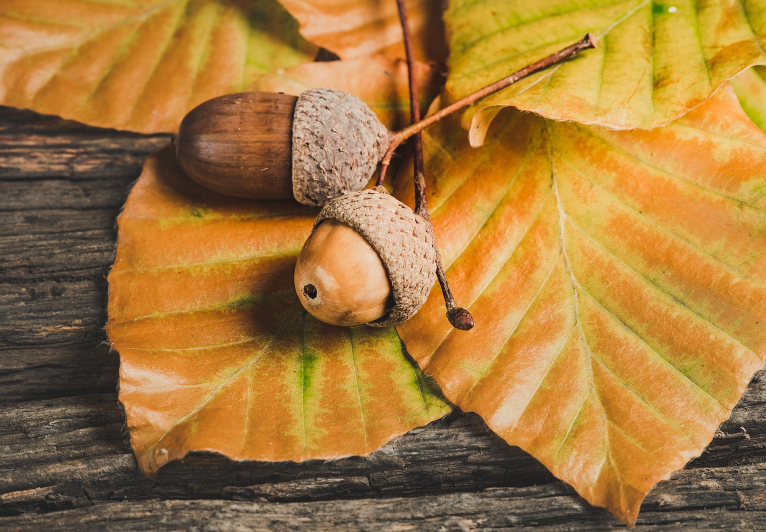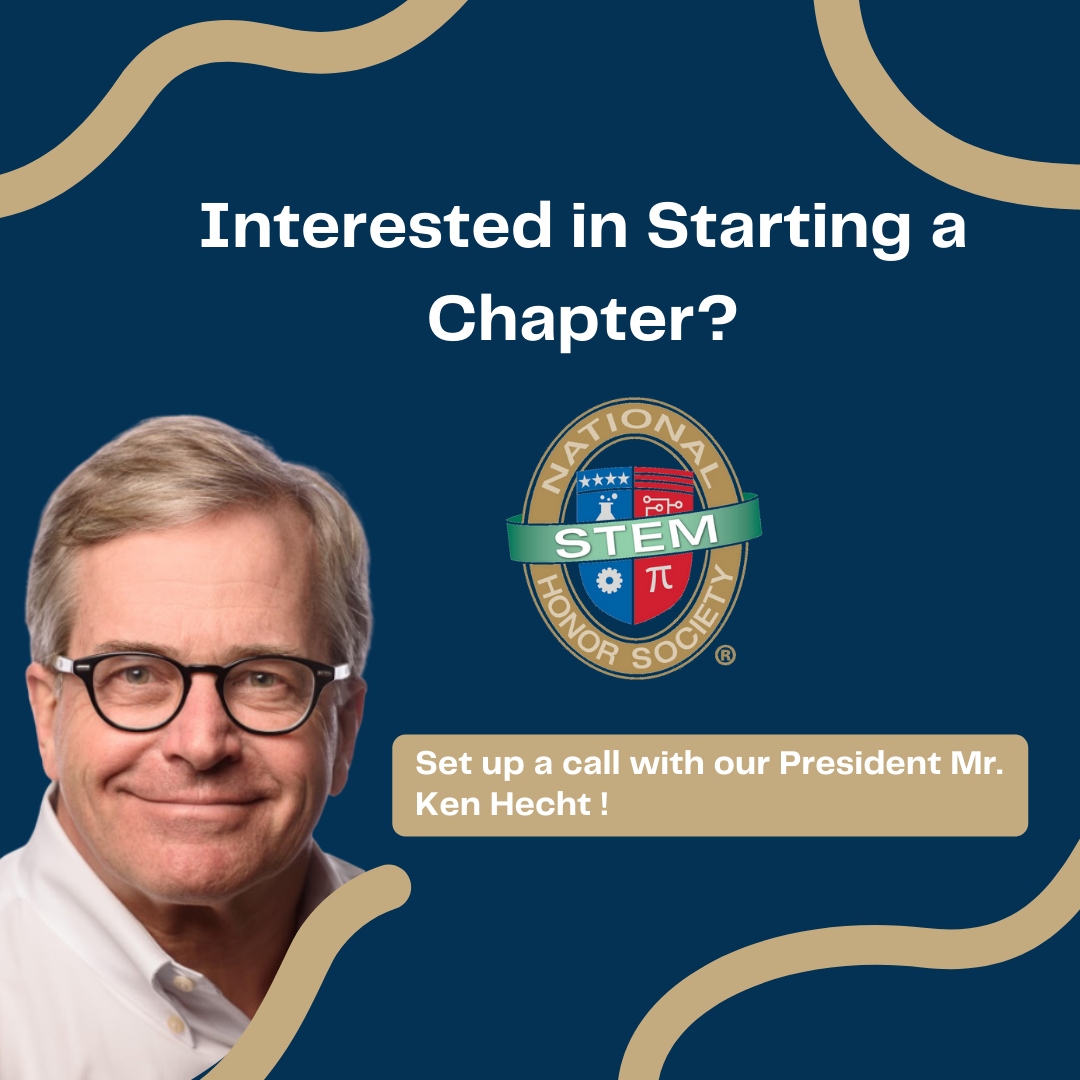
Winter is around the corner; at NSTEM, we want to help celebrate this Autumn season by inspiring you to take a walk outside, explore, and engage in the fresh air as winter comes just around the corner! We have collected a few activities for middle and high school students to help you get inspired while inspiring your future scientists! These lessons will have your teenagers developing STEM toolkits, utilizing outcomes like the scientific method while building critical thinking skills in real-world scenarios and doing so collaboratively.
1. Nature Squares – Middle School (Grades 6-8)
This lesson from The Science Spot for Grades 6-8 should take your students under an hour to complete. In it, students will explore the scientific method while making real-world observations. They will observe a large nature grid and record their observations (I suggest encouraging them to develop observational field sketches). The lesson culminates in a worksheet explaining the difference between biotic and abiotic organisms in our environment.
Link to student worksheet: Nature Squares (pdf)
2. Garden Lesson Plan: Soil: The Nature Conservancy – Middle School (Grades 6-8)
This lesson plan is suggested to take a week to complete; feel free to adapt it to your schedule and geographical area. In this set of activities, students will learn how to conduct a soil analysis to understand soil classifications further and identify healthy, fertile soil. In this lesson, your future horticulturists will be exposed to STEM learning outcomes through Earth systems and processes to understand further natural resources and the ecosystems that contain them.
Link to lesson plan: https://www.nature.org/content/dam/tnc/nature/en/documents/nature-lab-lesson-plans/NLGardens-Soil.pdf
3. Leaf Arrangement: Kinetic Cognitive Connections – High School (Grades 9-12)
This lesson for Grades 9-12 is estimated to take at least half an hour and is flexible in design for your students’ unique levels of understanding. We encourage you to take this lesson outdoors to explore any surrounding biodiversity while enjoying some fresh Autumn air! Depending on your locale, you can adapt this lesson to reflect available biodiversity within your geographical area, so if you need to work indoors, no worries; just be sure to collect any materials and field samples beforehand!
Link to lesson: https://ecosystems.psu.edu/outreach/youth/sftrc/lesson-plans/forestry/9-12/leaf-arrangement
4. Soil Energy & Temperature Exercise – High School (Grades 9-12)
This lesson, designed for Grades 9-12 by The Paleontological Research Institution, is a great way to develop math, science, and critical thinking skills by further understanding solar energy. In this outdoor activity, your students will test temperature variation at different depths and times of day to demonstrate how soil reacts to solar energy. This activity will take a few days to complete; I recommend setting up your thermometers and having your class take the first readings together on the first day. Then, after your data is collected, students can see the results together and plot them in the second.
Link to lesson: https://www.greenschoolyards.org/s/Paleontological-Research_solar-energy-soil-temp-small.pdf
At NSTEM, we understand the need for activities that can be flexible for your schedule and adaptable to the needs of your students. We appreciate lesson plans encouraging students to get outside and understand our global world collaboratively and safely. These projects were chosen for their simplicity and budget-friendly design, giving you the chance as an educator to spend more time instead making memories and inspiring our next generation of scientists!
By Rosalinda Cardoso
At NSTEM, we believe that middle school (Grades 6-8) is where students are transformed, entering as children and emerging as young adults. Project-based learning enrichment can help students connect the dots between STEM and real life, making math and science relevant for them and keeping them engaged and interested. With a meaningful middle school experience, students are far more likely to focus on STEM disciplines in high school and beyond. To start your 6-8 middle school chapter of the National STEM Honor Society, click here.
Do you want more resources on the topic of fall STEM activities? NSTEM’s vast resources database provides thousands of searchable STEM resources by category, school level, and state. This comprehensive library includes info on enrichment activities, curricula, internships, scholarships, and more. Check out a free sampling here. Or get an NSTEM membership today to unlock the complete list.
